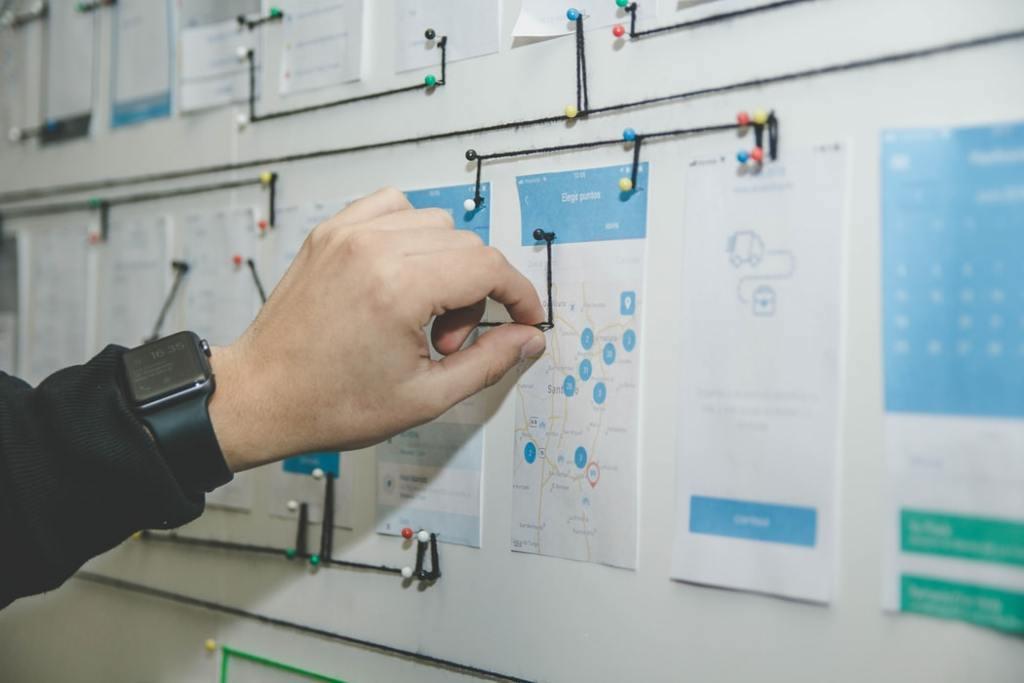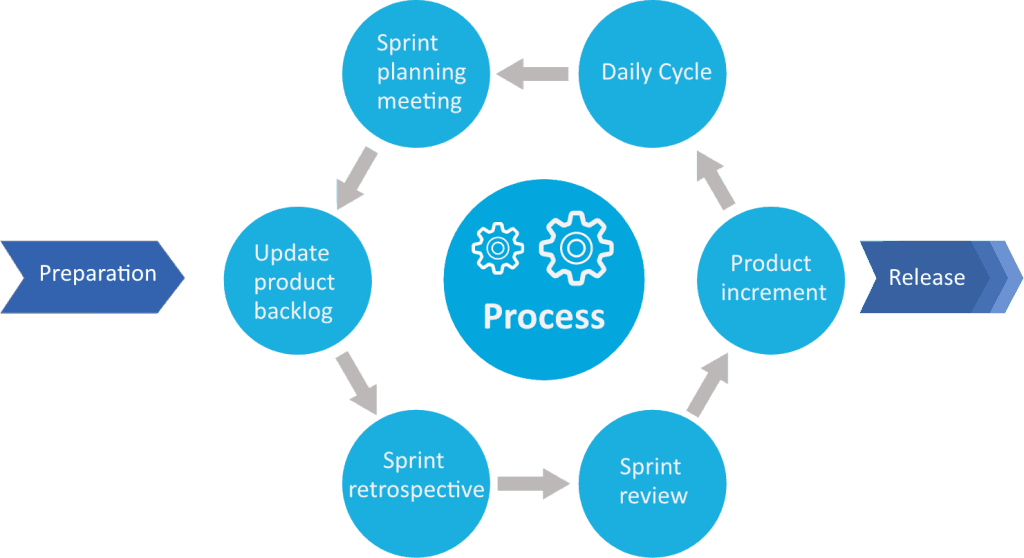The importance of developing the right digital products for your business coupled with the level of investment required means that the approach and method of digital product design and delivery is absolutely critical for success.
What is a digital product?
Let’s start with looking at defining what a digital product actually is.
Some of the biggest companies in the world have been built upon the foundations of a successful digital product. Whether that be apps you use such as Uber, your current mobile banking app, shopping apps, even down to the software in the dashboard of electric vehicles or the investment trading software you use.
A digital product can sit across multiple devices and platforms, whether it be a mobile app a progressive web app, a wearable application, a voice skillset or virtual reality environment. In a nutshell, digital products are tools or services that you interact with over a digital medium that provides value to the end user.
So, how do you ensure that you develop the right digital product for your business?
It all lies in adopting a tried and tested process throughout the entire digital product development lifecycle. Here's a sneak peek into our process at xDesign and some tips to consider along the way.

1. Align Product Development with Business Goals
Time and time again, we see organisations investing heavily in new apps or software with little to no business justification behind them. These are often developed in silos with no overarching digital roadmap, which makes it tricky for organisations to build products that deliver true tangible value or ROI.
Don’t just build digital products for the sake of it, without any sort of business plan, or because you need to be seen to be “doing digital transformation”. Align your digital product development with your business goals and growth projections and try to ensure that the investment of both time, money and resources will deliver a product that users will love and actually want to use in the long run.
A good digital product development partner will be able to help you articulate this and will challenge assumptions to ensure that.
2. Understand The Challenge Or Opportunity
Key to successful digital product development lies in the understanding of the challenge or opportunity and what you are trying to achieve (in depth). If you are building a customer facing digital product, market and user research is key. What are they looking for? What functionality do they require? Are there other solutions on the market? What do your customers/ users do currently? How will this fit in with your overall business objectives?
On the flip side, if you are looking at building a digital product to optimise or automate internal business processes or systems, you need to first understand the process "as-is", who your users are, where are the gaps (if any), what they are currently doing, what they need from the product, what data is required, what technology and platforms are being used and what systems integrations need to be considered up front.
This should be collaborative approach between all stakeholders and you should seek to involve your customers or current users in this process at the beginning to ensure you obtain a holistic view.
At xDesign, our digital product discovery workshops are designed to take our clients through this exact process and we use a number of tools and methodologies to extract the key information including building personas, journey mapping, user story mapping and technical exploration methods so we can gain a deep understanding of exactly what it is you're trying to achieve and use this as a basis to start building out requirements.

3. Information Architecture & Wireframing
Once all the relevant information has been collected at the discovery stage, you can then use this to translate it into key user journeys and workflows. This helps to form a visual skeleton of your product and can be used as an effective map how how your users will move around and interact with the product.
It can then be used to start sketching and creating wireframes to help you understand how the product will look and feel and how the user experience will be crafted. Wireframes can range from a quick hand-drawn sketch to a more high fidelity design with significant detail and using real data.
This is usually a highly collaborative process and it allows designers to solve key design problems and nail the UX as early in the process as possible. Typically, quick iterations and adjustments can be made to wireframes- making it easier to incorporate feedback before moving onto the design phase.
4. Design
Prototyping
Building a design prototype to test the product with your target audience and users before committing to the cost of full development. There are a number of ways to build a prototype which can range from simple paper- based design prototypes comprised of a series of sketches and images, all the way through to high fidelity prototypes built in software that allows users to directly interact with something that feels like an actual app. More advanced prototypes can often incorporate realistic data sets that gives you and your users a more “finalised” feel.
Minimum Viable Product (MVP)
Perhaps the idea for the digital product encompasses a lot of desirable features and functionality. Building out a minimum viable product (MVP) essentially strips out a lot of the “nice to have” features down to basic requirements. It allows you to ensure that you don’t spend time and money on features that don’t actually deliver any value. By starting small and building incrementally, it allows you to easily change direction and incorporate feedback much faster. It also means you have something tangible to show to stakeholders and allow you to understand whether the proposed solution will work with your users before going into development.

5. Agile Development
Taking an agile approach to software development significantly increases development productivity by building the product incrementally. Broken down into development phases or “sprints”, allows you to have more control over the development process and results in a product that delivers much better value for your users, faster.
6. Test And Validate
There is absolutely no point in investing into building a digital product if you don’t test and validate at every stage of the process. In order to deliver quality products, QA testing needs to start as early on as the initial product spec and design phases.
There are a number of different testing approaches including manual testing, automated testing and continuous integration techniques. The aim is to detect any issues at the earliest stage possible so these can be fixed before moving on with the development phases. It’s significantly more expensive to fix things further into the development lifecycle and not incorporating QA will have a significant impact on the overall user experience.
It’s also important to incorporate user testing in the design process to help evaluate a product, feature or prototype with real users. Undertaking user testing with your target audience or a sub-set of your existing users allows you to identify flaws in the user experience before the product is built or deployed.
7. Launch, Maintain & Optimise
Product launch needs to be planned for in your initial business planning and strategy phases. Having a clear idea of who your users are, how you will target them, how you will roll out new software and how this will be communicated with your users is so important. A good digital product development company will help you to achieve this. For example, the submission of mobile apps into the Apple App Store or Google Play, optimising app indexing for SEO and overall best practices around marketing for generating buzz and interest.
Maintenance is often something that's overlooked in the digital product development cycle, and typically rarely budgeted for.
As your business grows, you will inevitably want your product to scale with your business. Sometimes this means building new features, removing unwanted features or changing aspects of the user experience. This is why digital product development doesn’t just end once it’s been launched. It should evolve with your business and user expectations now and in the future.
At xDesign, we’re helping organisations build digital products from the ground up that solve some of their biggest challenges and help the grab new market opportunities. Get In touch with the team for more information on our process and how we can help!

